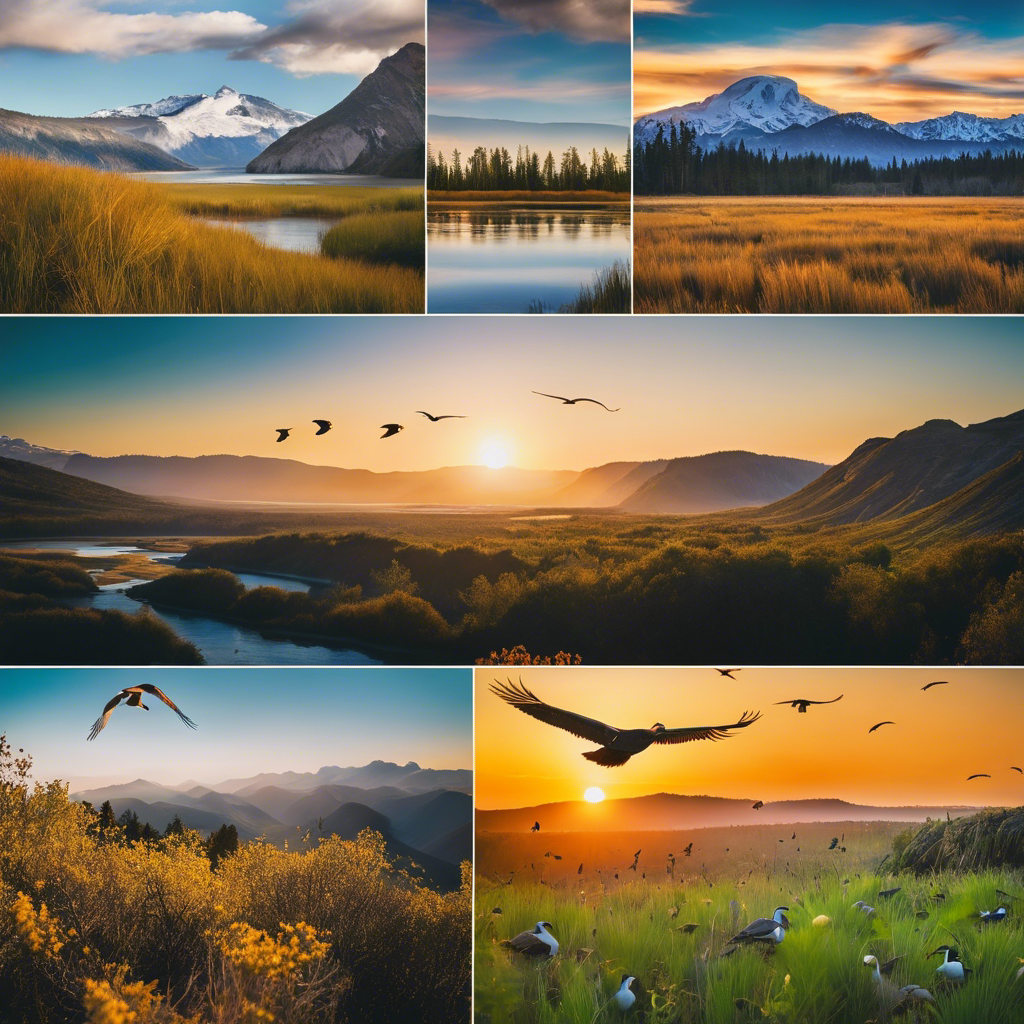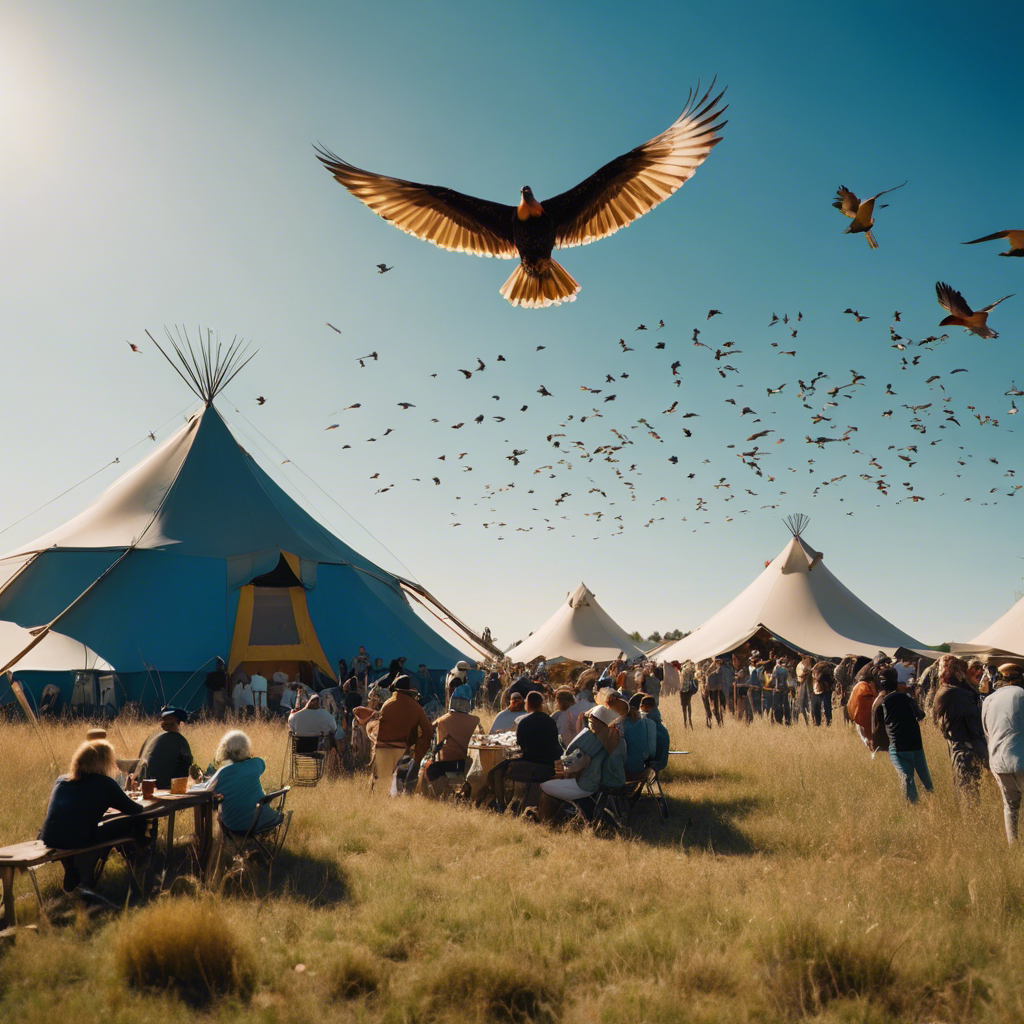Are you struggling to attract birds to your bird feeder? You’re not alone. Many people have experienced the frustration of setting up a beautiful bird feeder in their yard, only to find that they aren’t getting any visitors.
Don’t worry; we’ve got you covered! In this article, we’ll share some tried and tested tips on how to get those elusive feathered friends flocking to your feeder.
Read on for simple yet effective strategies that’ll make your backyard an avian paradise in no time at all.
Choosing The Right Feeder
Some bird enthusiasts believe that the key to attracting birds to your feeder lies in choosing the right one, and there may be some truth to this theory.
To create a rhythm and flow in your backyard haven for our feathered friends, it’s essential to consider factors such as feeder durability and bird friendly materials when making your decision.
Selecting a sturdy and well-designed feeder made from non-toxic materials will not only provide a safe environment for various species but also maximize their visits.
As you enjoy watching these beautiful creatures flock towards your carefully chosen feeder, remember that another crucial aspect to consider is selecting the best bird food – an enticing menu catered specially for them.
Selecting The Best Bird Food
After selecting the perfect feeder, it’s time to focus on finding a bird food blend that will attract various species to your backyard oasis. The key to success lies in understanding the importance of offering a variety of food types and textures:
- Seeds: Include an assortment of seeds such as sunflower, safflower, millet, and nyjer to appeal to different bird preferences.
- Insects: Offer dried mealworms or insect-based suet cakes for insectivorous birds like woodpeckers and bluebirds.
- Nectar: Provide nectar-rich hummingbird feeders with sugar water solution for attracting these tiny flying jewels.
- Fruit & Nuts: Incorporate fruit pieces (e.g., raisins or apple slices) and nuts (e.g., peanuts or almonds) into your bird food selection for even greater diversity.
By providing this mix of bird food textures and emphasizing food variety importance, you’ll create a more enticing dining experience for your feathered friends.
Now that you have chosen the best foods to offer at your feeder, let’s discuss how proper placement of your feeder can maximize its allure for our avian visitors.
Proper Placement Of Your Feeder
Proper placement of your bird feeder is essential to attract a variety of birds. Consider factors such as feeder height and nearby vegetation when choosing the perfect spot for your feeder.
Strive to find a balance between hanging it high enough that squirrels cannot reach, but low enough that larger birds feel comfortable visiting. Additionally, placing your bird feeder near trees or shrubs provides cover and perching spots for smaller birds while still allowing them visibility at the feeding site.
As you move on to providing a safe environment for the feathered visitors, remember that location plays an important role in ensuring their safety and enjoyment.
Providing A Safe Environment
Now that you’ve found the perfect spot for your bird feeder, it’s essential to consider the safety of our feathered friends.
Some may wonder if birds have a keen sense of danger or are naturally equipped with predator prevention instincts – and while they do possess some level of awareness, providing an environment where they can feel secure is vital in attracting them to your feeder.
To ensure bird safety at your feeding station, place it far from potential hiding spots for predators such as bushes and trees with dense foliage. Installing baffles on poles or using squirrel-proof feeders will also help deter unwanted visitors looking for an easy meal.
Remember, a well-protected feeder not only keeps birds safe but also encourages more frequent visits by various species.
With this in mind, let’s explore how enhancing your yard’s appeal to birds goes hand-in-hand with ensuring their security!
Enhancing Your Yard’s Appeal To Birds
Aside from providing a well-stocked bird feeder, there are other ways to make your yard more attractive to birds.
Incorporating bird friendly plants into your landscape can offer natural food sources and shelter for visiting avians. Native trees, shrubs, and flowers that produce berries, seeds, or nectar will not only beautify your space but also provide sustenance for the local bird population.
Additionally, adding water sources like birdbaths or small ponds creates a welcoming environment as birds need fresh water for drinking and bathing.
By enhancing your yard’s appeal through thoughtful landscaping choices and offering diverse resources for birds’ needs, you’ll soon enjoy the delightful company of various feathered friends right outside your window.
Frequently Asked Questions
How Do I Clean And Maintain My Bird Feeder To Ensure It Stays Hygienic And Functional For The Birds?
Ah, bird feeders. Those magical little contraptions designed to bring us closer to nature and make us feel like Snow White or Cinderella as we sing sweet melodies with our feathered friends…
But hold up! Before you start belting out those Disney tunes, let’s talk about cleaning frequency and hygiene importance when it comes to maintaining your bird feeder for their royal highnesses.
You see, even birds – especially the picky ones that insist on pooping all over your freshly washed car – appreciate a clean and hygienic environment in which they can dine.
So if you want them flocking around, serenading you while you sip your morning coffee, you’ll need to ensure that their feeding palace is regularly scrubbed down and kept free from any nasty germs or parasites that might have them tweeting their dissatisfaction.
How Can I Prevent Squirrels And Other Unwanted Critters From Accessing The Bird Feeder And Consuming The Bird Food?
To prevent squirrels and other unwanted critters from accessing your bird feeder and consuming the bird food, consider investing in squirrel proof designs and implementing various critter deterrents.
Squirrel proof feeders often come with weight-sensitive perches that close off access to the feeding ports when a heavier animal, such as a squirrel, lands on it.
Additionally, placing baffles above or below the feeder can create barriers for climbing animals attempting to reach the seeds.
Opting for pole-mounted feeders rather than hanging ones can also make it more challenging for rodents to gain access.
Finally, using seed types less appealing to pests like safflower seeds or hot pepper-infused blends may discourage non-avian visitors while still attracting birds.
What Is The Best Time Of Day To Observe Birds At The Feeder, And How Can I Attract A Wider Variety Of Species?
The best time of day to observe birds at the feeder typically depends on bird migration patterns and individual species’ habits, but mornings and late afternoons are often peak feeding times.
To attract a wider variety of species, consider implementing some feeder placement tips such as placing feeders near shrubs or trees for cover, offering different types of food in multiple feeders, and using squirrel guards if needed.
By catering to various preferences and providing a safe environment, you’ll be more likely to see an array of feathered visitors throughout the day.
How Can I Create A Bird-Friendly Habitat Around The Feeder, And What Additional Resources Can I Provide For The Birds, Such As Water And Nesting Materials?
To create a bird-friendly habitat around your feeder, start by planting native species that provide natural food sources and cover for the birds. Consider adding bird friendly plants such as berry-producing shrubs or trees with seeds to give them an extra incentive to visit your yard.
Additionally, offering nesting materials like twigs, grass clippings, and leaves can encourage birds to build their homes nearby. Don’t forget about water – providing a clean birdbath or pond will not only attract more birds but also help them stay hydrated during hot weather.
Lastly, when it comes to nesting box placement, position boxes away from predators and in locations where they’ll be sheltered from harsh weather conditions. By enhancing your backyard environment with these resources, you can make it even more appealing for a variety of avian visitors.
How Can I Responsibly Manage The Bird Population In My Yard To Prevent Overpopulation, Disease, And Competition Among Different Bird Species?
To responsibly manage the bird population in your yard and prevent issues such as overpopulation, disease, and competition among different species, it’s essential to focus on bird health and population control.
One effective strategy is to provide a variety of feeder types and seed mixes that cater to diverse bird species while discouraging overcrowding.
Regularly cleaning feeders and birdbaths can help minimize the spread of diseases.
Additionally, you can support natural predator populations by creating habitats for them, which will contribute to maintaining a balanced ecosystem.
Lastly, providing nesting materials away from feeders ensures that birds have ample space to raise their young without increasing competition around the feeding area.
What Can I Do to Attract Birds to the Bird Feeder I Build?
Building a bird feeder is a wonderful way to attract birds to your backyard. To entice them, choose a strategic location and fill the feeder with bird-friendly seeds and food. Ensure it has proper drainage and is easy to clean. Creating an inviting environment with trees and water sources nearby can also encourage feathered visitors to frequent your build a bird feeder project.
Conclusion
In conclusion, creating a sanctuary for our feathered friends symbolizes not only our love for nature but also our commitment to preserving the delicate balance of ecosystems.
By carefully maintaining bird feeders and providing diverse resources, we become guardians of these tiny yet majestic creatures.
As stewards of our personal avian havens, let us never forget the joy that comes from observing their daily antics and colorful displays.
May each chirp serve as a reminder to cherish and protect the natural world around us.

An avid ornithologist, zoologist and biologist with an unwavering passion for birds and wild animals.
Dr. Wilson’s journey in ornithology began in childhood and led him to obtain a Ph.D. in Ornithology from the prestigious Avian Research Institute. He has worked closely with renowned experts in the field and conducted extensive research and field studies globally.




